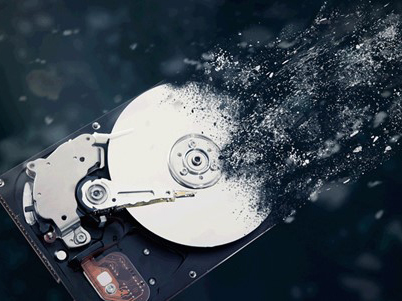
Protecting your data online isn’t always easy. Each time you use a device with access to the internet, you risk losing your information to a hacker. According to a study at the University of Maryland, there is a hack attempt on devices with internet access every 39 seconds, affecting one in three Americans each year. A recent McAfee study showed that of the 1,000 college students and university graduates surveyed, 80% had fallen victim to cyberattacks directly or indirectly through family or friends.
With only 36% of the students stating they had learned about data security through school resources, it appears little has been done to educate students on how or why to protect their data. Given these startling statistics and the increasing use of computers, tablets, and mobile phones in K-12 institutions for learning, students need to be taught how to practice good data hygiene.
The value of students’ data to cyberattacks
Why cybercriminals target students is a question often asked by many. Well, here is the reason-unblemished credit reports and perfect Social Security numbers, often referred to as “clean data”. This information is so valuable that criminals are willing to part with enormous sums of money in the black market to obtain it.
And given the weak passwords and non-secure usernames students are fond of using, it’s no wonder cybercrime targeting the education system keeps increasing each year. Educators should, therefore, scale up their cybersecurity programs and take some responsibility in training students on how to keep their data safe from criminals when browsing online, both in school and at home.
Here are some easy and primary steps K-12 students can take to protect their data from cybercriminals:
Use strong, uncrackable passwords
Strong passwords are difficult to memorize and remember, which means they are equally as hard to crack. K-12 students should always create long complex passwords with at least 12 characters, including numbers, uppercase and lowercase letters, and special characters in unconventional places. Additionally, they should never reuse these passwords. Professionals advise writing them down to avoid forgetting or using a password manager to keep track of them. The rule of law here is, the stronger the password, the less your vulnerability to cyberattacks. Fortunately, there are plenty of password meters available to gauge the robustness or frailty of passwords.
Make VPN your friend, especially when using public Wi-Fi networks

Although 90% of the students surveyed in the McAfee study admitted to using public Wi-Fi for homework and entertainment, only 18% used a VPN for online security. A VPN, or virtual private network, is the best option for staying private and secure online. VPNs encrypt data protecting private web traffic from intercepting and snooping. Using a VPN, especially when using public networks will go a long way in securing a student’s online activity.
Don’t fill out every online questionnaire you come across
K-12 students may be tempted to fill out malicious questionnaires designed to trick them into surrendering personal information. Students should be wary of questionnaires and websites that ask about sensitive topics and consult with their parents and guardians before submitting any information.
Use social media prudently
Social media can either be a student’s friend or foe. If used wisely, it can enhance one’s public profile and even serve as a supplementary essay. However, if used carelessly, it can potentially damage the student’s profile, increasing their chances of missing out on future job and college opportunities.
Dispose of data correctly

As mentioned earlier, students have sensitive data that may attract snoopers. Many students think that deleting data on their laptops and computers is enough to get rid of information, but they are wrong. The hard drives flag the deleted data up for rewriting, where the student won’t see the data though it’ll still be intact on the disk. They should instead, over-write the data to completely erase it on the drives to ensure it is not recoverable.
Schools should also employ foolproof data destruction methods to protect their students’ sensitive data like financial reports. One effective method is degaussing, which entails electromagnetically destroying the hard drive. It not only scrambles the data but also renders the disk unusable even when recovered. Physical destruction is another form of data destruction which involves destroying the storage devices with chemicals or trauma, rendering them unreadable and unusable. By employing these methods of data destruction, both schools and students protect themselves against cyber-attacks.
Conclusion
Educators should acknowledge the importance of educating K-12 students on how to guard their data online. This can be achieved by adopting a cybersecurity curriculum. Additionally, students, parents and teachers should be cautious of how they share their information, and how that data will be used.
Eloise Tobler specializes in the safe destruction of data for Wisetek.
More from DA









